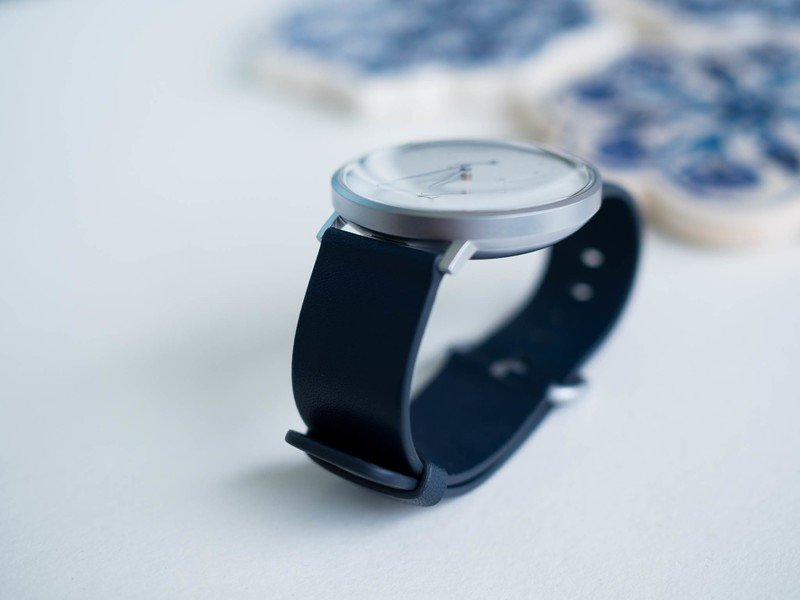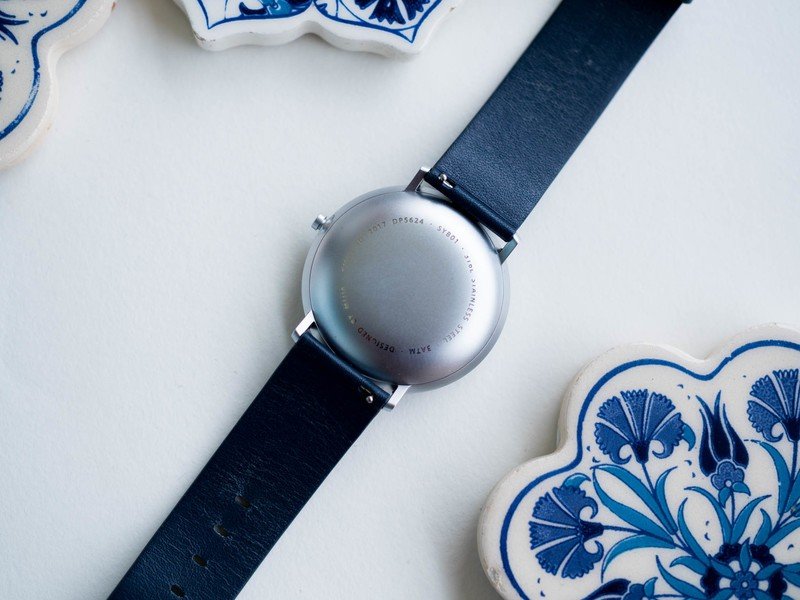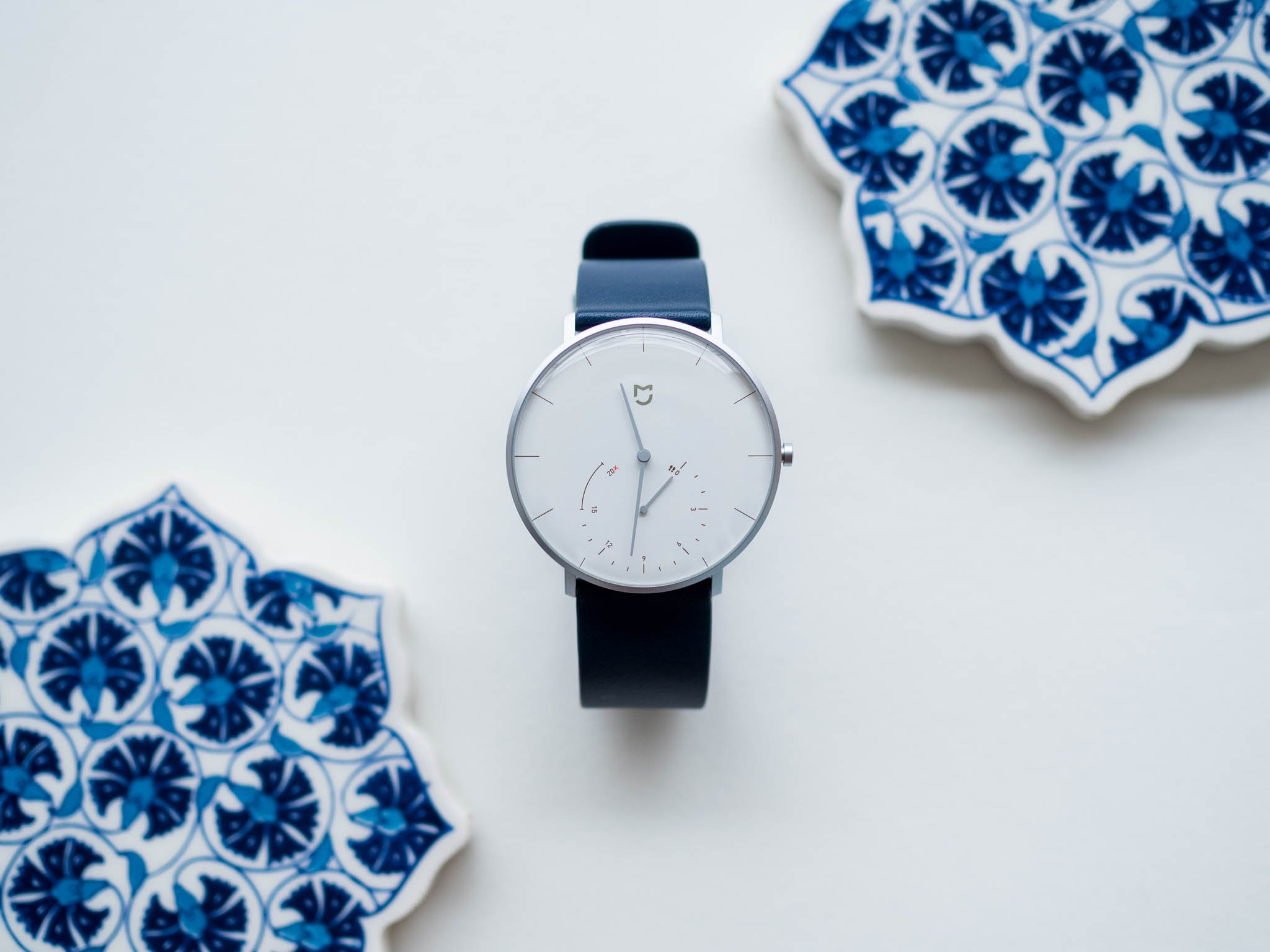Android Central Verdict
Bottom line: The Mijia Quartz Watch combines classic styling with fitness tracking capabilities, making it an enticing option if you want a fitness tracker that looks like a regular watch. It automatically syncs time with your phone, you can set activity alerts and hourly reminders, and you'll get six months of usage from the battery.
Pros
- +
Minimal design
- +
Great value
- +
Accurate fitness tracking
- +
Six-month battery life
- +
3ATM water resistance
Cons
- -
Limited availability
- -
Pairs with Mi Home and not Mi Fit
Why you can trust Android Central
Xiaomi is known primarily for its phones, but the Chinese brand is the second-largest wearable manufacturer in the world. That's down to its affordable line of fitness bands under the Mi Band label, but that's not all Xiaomi makes. It introduced a full-fledged smartwatch last month, and over the years it has launched a few hybrid wearables, like the Mijia Quartz Watch.
As a refresher, Xiaomi uses Mijia branding for devices it sells under its smart home and lifestyle portfolio. These include everything from action and security cameras to razors, desk lights, cordless vacuums, home automation tech, and much more.
Like every other product that Xiaomi makes, affordability is a key trait here. The Mijia Quartz Watch retails for under $50, making it an enticing option if you're looking for a fitness band disguised as a regular watch.
Xiaomi Mijia Quartz Watch What feels great

The Mijia Quartz Watch looks like a regular watch; in fact, it's hard to tell from a first glance that it can be used for fitness tracking. The design is what sets the watch apart from other fitness trackers, and in this area, Xiaomi is channeling Withings. If you've ever used a Withings watch or even looked at one before, the Mijia Quartz Watch has the same design aesthetic with clean lines and a focus on simplicity.
The Mijia Quartz has a 40mm stainless steel case with a two-hand dial displaying the time in hours and minutes. There's a secondary dial at the bottom with a single hand that tracks daily activity, with the step counter going up to 20,000. The bundled blue band is made out of leather, and you can switch it out if you're interested in using steel links. You can also use any 20mm strap with the watch, and switching out the bands is as straightforward as removing the lugs.





The front of the glass is coated to provide adequate protection against the usual wear and tear, and it also has a coating to resist fingerprint smudges. Xiaomi sells the Mijia Quartz Watch in three options — the black and grey models have matching dials and straps, and the blue variant pictured above has a white dial with a blue leather band. This is the variant that I like the most, and the classic styling goes with a wide range of outfits.
The Mijia Quartz Watch automatically syncs time with your phone, and you get detailed fitness data on the Mi Home app.
The minimalist design extends to the buttons as well, and there's a single button on the right side that's used for pairing the watch with your phone. All you need to do is press the button for five seconds, and the watch goes into pairing mode. Once it's paired, it sets the time to match that of your phone, and the best part about this is that it syncs time automatically, so even if you're traveling, you don't need to manually adjust the time on the Mijia Quartz Watch.
Get the latest news from Android Central, your trusted companion in the world of Android
The watch features a motion sensor to track daily activity, and when used side-by-side with a Fitbit Alta HR, it provided nearly identical data. You'll be able to access daily activity statistics as well as activity history from the Mi Home app, and you'll also be able to see calories burned and distance covered. You also have the option of setting hourly activity reminders, with the watch vibrating to notify you to get up and move.
Pairing and syncing data with your phone is done over Bluetooth 4.0 LE, and the watch is powered by a CR2430 battery that lasts up to a year. Not having to worry about charging the watch is liberating, and makes the Mijia Quartz that much more enticing.
Xiaomi Mijia Quartz Watch What feels off

The main issue with the Mijia Quartz Watch is that it doesn't pair with Xiaomi's Mi Fit app. You'll instead have to use the Mi Home app, which is used for smart home products.
You'll have to use the Mi Home app to sync activity from the Mijia Quartz Watch.
The Mijia Quartz is the only Xiaomi wearable that connects to Mi Home, and that's puzzling when you consider the fact that all four Mi Bands, older Amazfit smartwatches, Xiaomi's smart scales, and smart shoes all pair with Mi Fit. Having to use a different app to sync data is irksome, but Mi Home provides the same statistics as Mi Fit.
Honestly, there's little else that's wrong with the watch. You do have to unscrew the back to switch out the battery once every year or so, but that is also straightforward and shouldn't take more than 10 minutes.
Xiaomi Mijia Quartz Watch Should you buy it?

The Mijia Quartz Watch is one of the best fitness trackers around if you're looking for a device with a minimal design aesthetic. Yes, Xiaomi is essentially copying Withings' design here, but the quality on offer is better than what you get with a Withings Move, and you're paying just over half the price.
The 3ATM water resistance means you can take it to the pool without any issues, and the best part about it is that you don't need to charge it weekly or even monthly. That makes it a standout product, and the fact that you can pick it up for $40 is a steal for what you're getting here.
4 out of 5
If you're in the market for a fitness tracker that you can wear with any outfit, the Mijia Quartz Watch is an ideal choice. You won't need to charge it, and you get detailed activity data as well as hourly reminders in a design that looks fantastic.

A fitness tracker that you can wear anywhere.
The Mijia Quartz Watch combines classic styling with fitness tracking capabilities, making it an enticing option if you want a fitness tracker that looks like a regular watch. It automatically syncs time with your phone, you can set activity alerts and hourly reminders, and you'll get six months of usage from the battery.

Harish Jonnalagadda is Android Central's Senior Editor overseeing mobile coverage. In his current role, he leads the site's coverage of Chinese phone brands, networking products, and AV gear. He has been testing phones for over a decade, and has extensive experience in mobile hardware and the global semiconductor industry. Contact him on Twitter at @chunkynerd.

